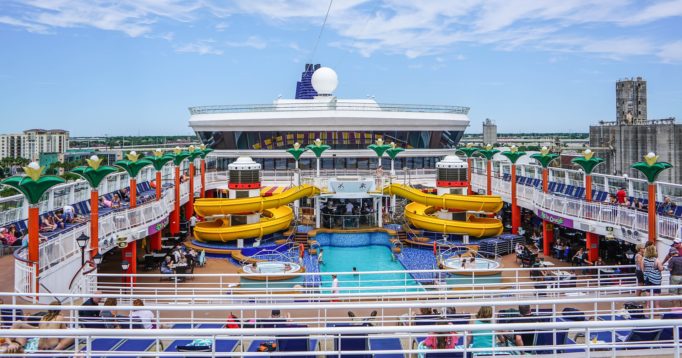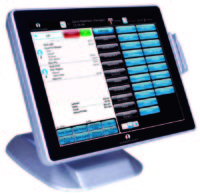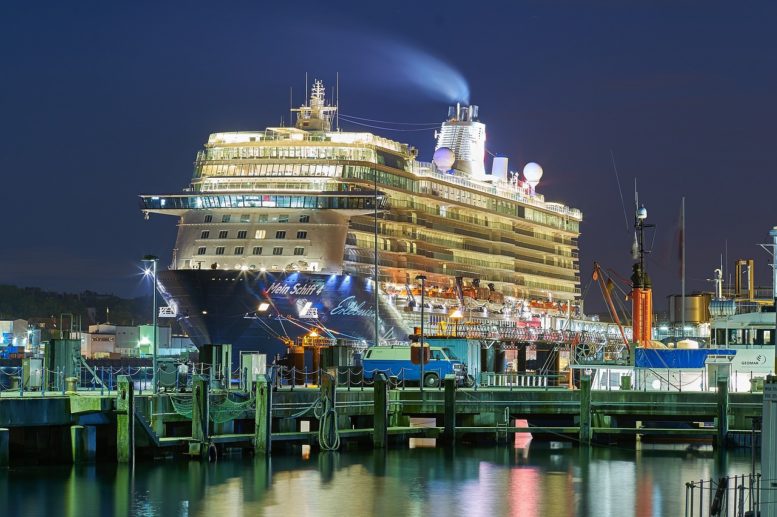Passenger liners have not only become a means of transport over the seas, but they have also become floating hotels and resorts. As propulsion technologies, navigation systems, and ship designs improve, so do the systems which facilitate daily operations aboard cruise ships.

Just like hotels, cruise ships need the means to register guests and passengers, assign them to cabins according to allocations done ashore, and to issue access cards for use in the cabins and other ship facilities. A subsystem that does this must be able to synchronize guest and passenger information between the land-based office and the cruise ship.
A large cruise ship would need an internal map in order to assist passengers in locating their cabins, as well as the ship facilities they have access to. This subsystem should be an interactive map with animated directions, and should be readable in multiple languages.
Cruise ships also need the means to facilitate and record retail transactions, restaurant meals, and services paid for by passengers. A point-of-sales (POS) system should be able to accept various types of payments, including cash, foreign currencies, credit cards, coupons, and vouchers.
Like any luxury hotel, a cruise ship also has facilities for entertainment and  special events. A facilities management subsystem allows for booking of function rooms, ballrooms, swimming pools, and theatres.
special events. A facilities management subsystem allows for booking of function rooms, ballrooms, swimming pools, and theatres.
Some passengers opt to go for excursions at shore. A cruise ship needs a subsystem which processes ticketing for the tour vehicles, as well as the facilities which passengers will access during the excursion.
Like other ships, cruise ships also need a way to monitor the inventory of food, drinks, medicines, fuel, and other supplies. Likewise, retail outlets in the cruise ship need to monitor their stocks, from candy to souvenir items. An inventory subsystem has to be connected not just to the ship’s POS system, but also to the land-based inventory system.
These are just some of the features found in a typical cruise management system. The number of subsystems may vary among cruise lines, depending on their unique requirements.
